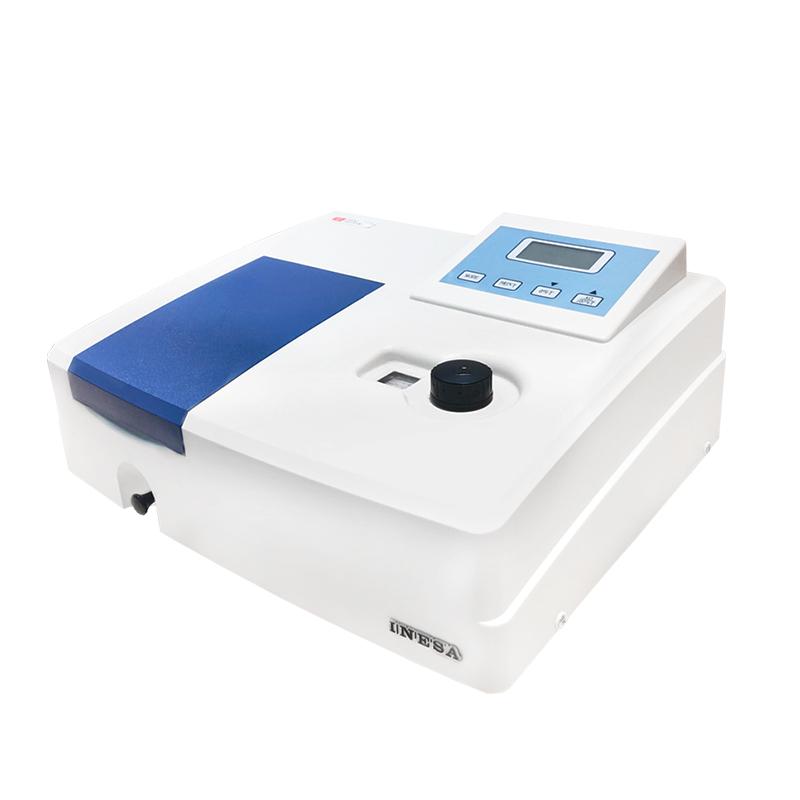Application of UV-VIS absorption spectroscopy in colloid
Application of UV-VIS absorption spectroscopy in colloid
Ultraviolet visible (UV-Vis) absorption spectroscopy has a wide range of applications in colloid science. Colloids are a system between molecules and macroscopic substances, formed by tiny particles (colloidal particles) suspended in a dispersing medium.

Particle size and morphological characterization: The size, shape and distribution of colloidal particles have important effects on their optical properties. The size distribution and shape information of the particles can be obtained by measuring the UV-VIS absorption spectrum of the colloidal system. For example, by the peak position and shape of the absorption spectrum, the average size and morphological changes of the particles can be determined.
Application of UV-VIS absorption spectroscopy in colloid
Concentration measurement of colloidal solutions: UV-VIS absorption spectroscopy can be used to measure the concentration of substances in colloidal solutions. By analyzing the relationship between absorbance and the concentration of colloidal particles or solutes in the solution, a calibration curve can be established from which the concentration of substances in the unknown solution can be determined. This has important applications in both colloidal chemistry and biochemistry.
Characterization of dispersing medium: Colloidal particles are suspended in the dispersing medium, and the dispersing medium itself will also affect the absorption of light. By measuring the absorption spectra of colloid solution and pure dispersing medium, the absorption characteristics of dispersing medium can be understood, so as to better understand the optical properties of colloid system.
Application of UV-VIS absorption spectroscopy in colloid
Surface plasmon resonance (SPR) sensing: Surface plasmon resonance is a light-based phenomenon used to detect chemical or biomolecular adsorption processes occurring on the surface of colloidal particles. By combining UV-VIS absorption spectroscopy and SPR technology, high sensitivity molecular recognition and detection can be realized, which is widely used in biosensing and environmental monitoring.
In short, the application of UV-VIS absorption spectroscopy in colloid science covers particle characterization, concentration measurement, dispersion media analysis and sensing technology. Through the analysis of absorption spectra, the structure, properties and interactions of colloidal systems can be revealed, which provides powerful tools and methods for colloidal scientific research and application.
